
- Home
- News
- Analysis
- States
- Perspective
- Videos
- Education
- Entertainment
- Elections
- World Cup 2023
- Features
- Health
- Business
- Series
- Economy Series
- Earth Day
- Kashmir’s Frozen Turbulence
- India@75
- The legend of Ramjanmabhoomi
- Liberalisation@30
- How to tame a dragon
- Celebrating biodiversity
- Farm Matters
- 50 days of solitude
- Bringing Migrants Home
- Budget 2020
- Jharkhand Votes
- The Federal Investigates
- The Federal Impact
- Vanishing Sand
- Gandhi @ 150
- Andhra Today
- Field report
- Operation Gulmarg
- Pandemic @1 Mn in India
- The Federal Year-End
- The Zero Year
- Premium
- Science
- Brand studio
- Home
- NewsNews
- Analysis
- StatesStates
- PerspectivePerspective
- VideosVideos
- Entertainment
- ElectionsElections
- Sports
- Loading...
Sports - Features
- BusinessBusiness
- Premium
- Loading...
Premium
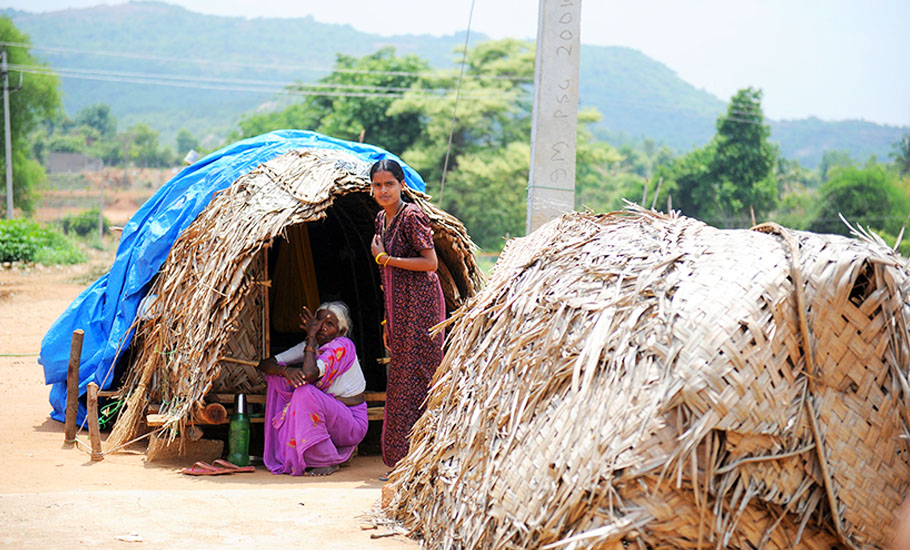
Why the Iruliga community in Karnataka loses a bit of itself with each death

It was more than two years ago that 24-year-old Bariappa, a member of the tribal Iruliga community that inhabits the Ragihalli forest area, an extension of the Bannerghatta National Park, lost his father to age-related ailments. Bariappa, however, has not been able to come to terms with what happened. Bariappa’s father had been ailing for some time and so the family knew death for him was...
It was more than two years ago that 24-year-old Bariappa, a member of the tribal Iruliga community that inhabits the Ragihalli forest area, an extension of the Bannerghatta National Park, lost his father to age-related ailments. Bariappa, however, has not been able to come to terms with what happened. Bariappa’s father had been ailing for some time and so the family knew death for him was near. But it is what happened after the death that continues to haunt Bariappa.
“I was a child when my grandfather passed away. I saw my father ensure he was laid to rest in keeping with our traditions of Kalluseva. My father would often speak about the significance of the practice. Back then we lived in the Ragihill forest area. Unfortunately, when my father died, I couldn’t offer him the same farewell. Instead, I had to bury him and now I often wonder if his soul rests in peace,” Bariappa tells The Federal, wiping tears off his face. Barippa has been living on the edge of the forest in a makeshift hut since his family was evicted nearly 20 years ago.
For centuries, Iruligas practised Kalluseva, a custom under which the bodies of their near and dear ones were placed under boulders in the Ragihalli forest with a heap of stones piled on the bodies. Rapid urbanisation and eviction of the aboriginal tribe from the Bannerghatta National Park has led to a situation where Iruligas are unable to find closure after the death of their friends and family members.
Till about 20 years ago, Ragihalli was a village inhabited by Iruligas where they maintained their unique identity by practising indigenous customs. The area today stands consumed by the real estate boom of Bengaluru city. Despite being a restricted area as it falls under the forest rules, Ragihalli today is a captive of high-rising buildings, farmhouses of politicians and the rich, with granite mining gnawing into its biodiversity bit by bit. Unscrupulous elements have been encroaching on and clearing deemed forests that form part of the notified Ragihalli Elephant Corridor.
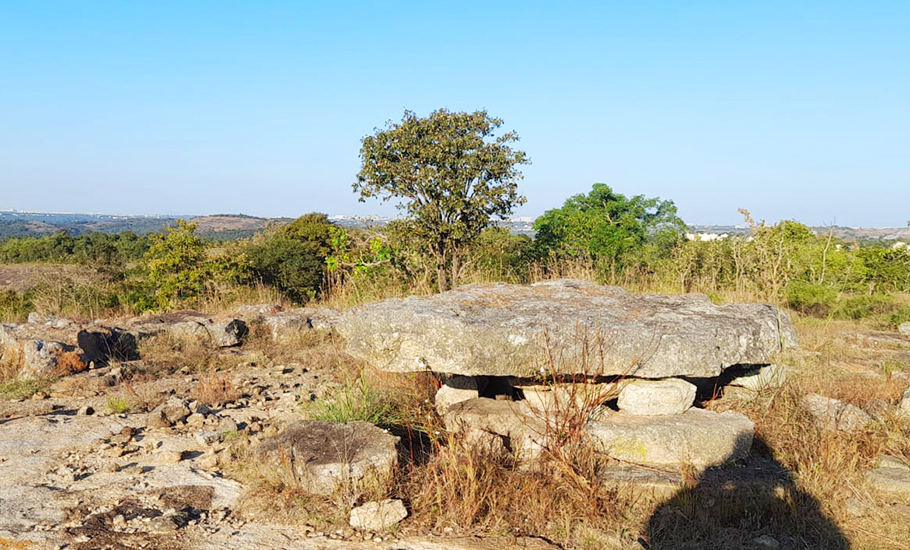
The encroachment has not just harmed the flora and fauna of Ragihalli but also uprooted Iruliga people who were connected to the stones and rocks of the forests for hundreds of years. Even though members of the Iruliga tribe are found in Tamil Nadu and Kerala too, Ragihalli is considered to be the place from which they migrated.
Iruliga basically means night in Kannad. Experts believe the word refers to the darkness of the jungles in which Iruligas lived and hunted and their dark skin complexion. They are accustomed to living deep inside the forests, and are supposed to be endowed with great eyesight, which experts believe, could be a result of being habituated to darkness.
The death of Kalluseva
As per custom, when someone died in the Iruliga community, the body was laid under a large boulder or between boulders in the forest following closely upon what happened in the Stone Age. A slightly sunken place between two large boulders would be chosen for the stone service. The practice was called Kalluseva. The practice, many believe, could be a continuation of the burial rituals followed in the Stone Age (1200 to 250 BC).
Historian and editor of Karnataka Gazetteer, S Revanna, told The Federal that during his fieldwork, he discovered and studied many rock tombs belonging to the Stone Age in Ragihalli. Due to the use of fire and the discovery of iron in the Mesolithic age, people started making tombs by chipping huge boulders to place bodies of the dead.
“These tombs abound in Ragihalli and are believed to be about 2,200 to 3,000 years old by archaeologists,” he said.
“The dolmen-type stone tombs consisted of stone slabs from three sides. The slab on the fourth side would half cover the tomb,” Revanna added.
Iruligas performed Kalluseva right next to where the Stone Age tombs have been discovered. To make space for the dead, a specific area was designated in the middle of the forest for the purpose and was called Kalluseve. All those who came to Kalluseve to participate in the last rites would take stones and arrange them neatly around the corpse, creating a kind of stone chamber. The boulders were so placed that there would be enough space for one person to sneak in. Water was placed next to the dead for animals and birds.
Once the bodies were eaten up by birds and animals, the bones were collected and buried in the forest.
Even if three or four people died the same day, all the bodies were kept in one place. A ritualistic puja would follow.
The practice of people placing stones around the corpse is called Thale Kalluseva and was meant to signify that death is the ultimate truth that sooner or later comes to everyone. After placing the stones on the bodies, those at the site would place one stone each at a little distance from the place where the stone service takes place.
“The ritual was a way of saying you have gone ahead in death and we will follow you,” Muniyappa, an Iruliga, said explaining the custom.
The similarities between the Stone Age tombs and Iruliga cremation are read by many as a proof of the antiquity of the tradition. “There are similarities between the Stone Age cremation system and the Iruliga cremation system. We cannot rule out the fact that this stone service is a continuation of the 3000-year-old system,” said Hanumanthappa, a member of Ragihalli gram panchayat.
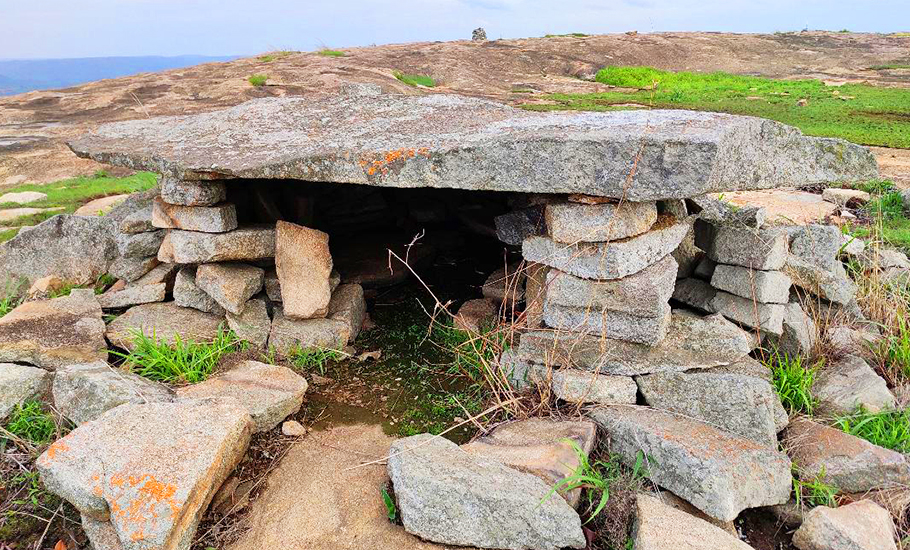
For Iruligas, the association with the dead wouldn’t end with Kalluseva. If children in some household got sick, the elders would pick flowers that would grow in the crevices of the boulders and tie them around theirs neck. It is believed that this cured illnesses. The flowers are also important during traditional poojas of the Iruliga community members.
Rights snatched
It is not just stones and flowers growing in crevices that are considered important. Iruligas are nature worshippers by and large and revere all life forms that sustain them in forests. But encroachments and changing land use norms have cost the community its traditions. It has also led to the Stone Age tombs falling upon ruins.
Revanna, who has carried out extensive research in the area, says, “In the recent past, the area in which the tombs exist has been taken over for agriculture and some of the tombs have been destroyed and turned to ruins.”
Over the last decade, Iruligas have had to stop Kalluseva following strict forest rules and regulations. They are compelled to bury their dead ones instead.
“In the name of protecting the forests, the government has thrown out Iruligas from the forests. If you see, alongside illegal quarrying and construction has increased in the Bannerghatta National Park area. Ancient tombs considered to be from the Stone Age have been destroyed. It is we who protected the forests. By evicting us, the government gave a free hand to various mafia groups to exploit the forest and plunder its resources,” said Didda Sonappa, an Iruliga.
The bond Iruligas shared with the forests was broken after Bannerghatta was declared a National Park in 1974. Along with the Forest Act of 1980, it resulted in large-scale displacement/eviction of Iruligas from area. Although the Forest Rights Act of 2006 came as a relief to Adivasis, it failed to provide any relief because the conditions it set were difficult to meet.
The Forest Rights Act states the Scheduled Tribes need to prove that they have resided in the forests for at least three generations, or at least 75 years prior to 2005, to be able to be able to carry on living in forests. Many Iruligas have found it impossible to prove. Despite promises, the authorities have failed in providing any relief to the communities living on the edge of the forest that was once home.
The eviction from forests has severed community bonds that Iruligas built over centuries. From birth to death, the Iruligas stood together as one. They lived lives around ‘clan panchayats’. If there were disputes, the clan head invited all caste leaders to come to the panchayat. “A black carpet was placed on the floor and figures of serpent, sun and moon were drawn on it with vibhuti (ash from incense sticks). The clan head then spoke about justice and injustice. Apart from providing relief to the victim, the clan head also pronounced punishment for the guilty,” Mutturayappa, an elderly displaced Iruliga, told The Federal.
“We sang and danced together during festivals and auspicious occasions,” he added.
Disowned by cities
The displacement of Iruligas has proved fatal for the community and its traditions. Many, including women and children, end up as bonded labourers in cities.
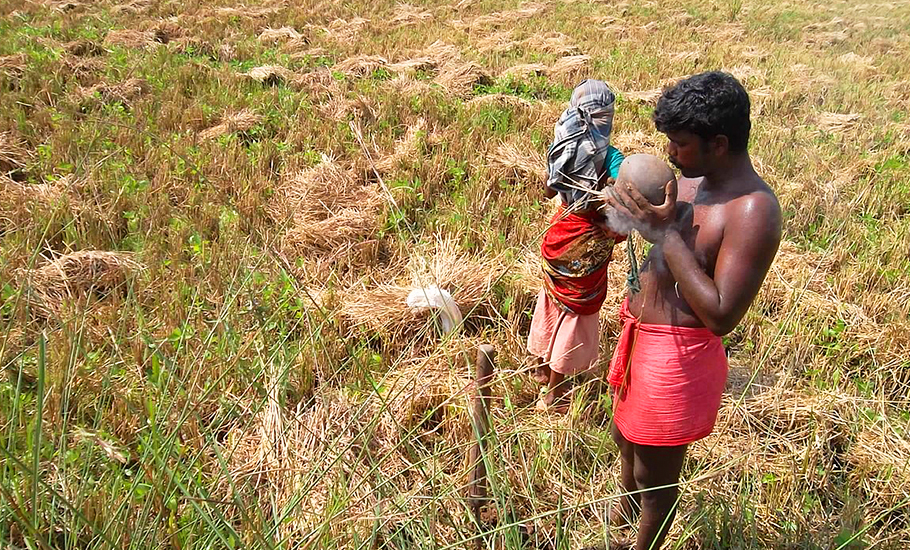
“Those evicted from the forest were given houses and benefits under various other government schemes. But the measures fell short. With little education, most of those who were displaced became labourers and served at construction sites and quarrying facilities nearby. Ironically, they were now harming the forests more than when they lived inside of it. Those who couldn’t find work or wanted greener pastures moved to cities where many of them have been forced into manual scavenging. Some took to begging make ends meet,” Sonappa told The Federal.
For generations, Irulas have relied on digging borrows on two sides of a field, lighting fires in a clay pot, covering the burrow from one side with the pot, suffocating the rats with the smoke and forcing them to come out from the other where they would be caught, both for food and as a means of earning. In cities, they are compelled to use this skill to earn a few bucks.
“The Iruligas are hired by large industrial units, rich farmers and apartment societies to hunt rats as they have traditionally been known as rat hunters,” Sonappa added.
The dwindling number of Iruligas tells the story of the impact this uprooting has had on the people.
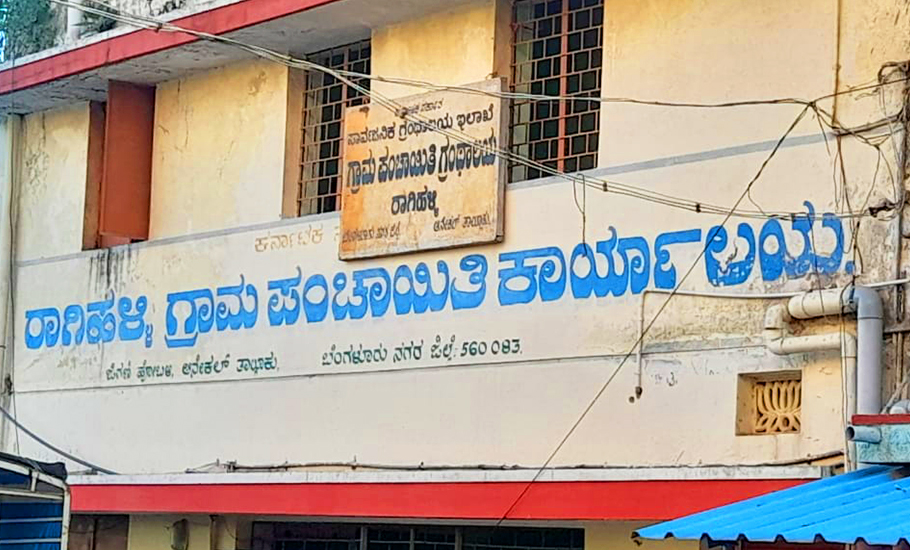
According to an interim survey done by Karnataka’s Social Welfare department in 2021 on the Particularly Vulnerable Tribal Group communities (PVTG), the population of Iruligas is around 21,000 in Karnataka, spread mainly in Bengaluru rural, Ramanagar, Mysuru and Chamarajanagar districts. The 2011 Census had pegged the number at 26,000.
With the government yet to allow Iruligas back into the forests, the shrinking community could soon die without even any Kalluseva to ensure it rests in peace.

